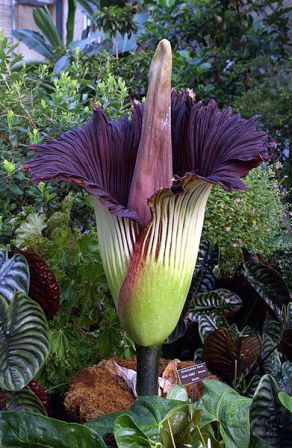Bounded by a stream on one side and with an enclosing wall of native trees, Sue Sisley’s garden near Katikati is opening for this weekend’s Up the Garden Path ramble – but visitors may notice something missing.
“I can’t abide the colour orange,” Sue says, “something I inherited from my mother who never had orange flowers in her garden either.”
Sue has, however, relented slightly and has a few clivia tucked here and there, appreciating their tolerance of dry shade.
Despite its obvious summer charms – roses, hydrangeas, perennials and self-seeding annuals – Sue says hers is a garden for all seasons. One of her long borders features camellias and rhododendrons, while the facing border includes a number of maples and Azalea mollis.

Astrantia major. Photo: Sandra Simpson
“I haven’t planted the maples for autumn colour especially,” Sue says, “they’re just trees I like.”
She is particularly proud of a natural stand of young (perhaps 100-year-old) kauri at the bottom of the garden and comments that when she first moved to the property 13 years ago she never cared for the rewarewa alongside.
“But now I love them, they’re such a contrast to the kauri.”
Among her perennials are the starry white flowers of Astrantia major, the ball flowers of Phyteuma scheuchzeri Purple Star and the magenta blooms of the thistle relative Cirsium rivulare Atropurpureum, while Sue lists Fuji Waterfall and Annabelle as her two favourite hydrangeas.

Salvia uliginosia. Photo: Sandra Simpson
A large circle of Salvia uliginosia (the sky-blue bog sage) with lawn and a sundial at its centre was created by a former owner. Sue and husband Bill dug it out three years ago, sprayed and covered the soil for six months before installing a recycled rubber edging and replanting the tall salvia.
“It was getting weedy and the salvia was wandering. But we liked it enough to keep it – it’s very effective when it’s in full bloom.”

Heterocentron elegans (Spanish shawl) and a non-weedy Erigeon (Mexican daisy). Photo: Sandra Simpson
The couple have created another enclosure, a living gazebo, training hornbeam for the walls and roof with a pair of crab apples twined across the entry.
Sue admits the romantic look of her garden requires ongoing attention, but “I don’t play bridge and I don’t play golf. Gardening is what I do and what I love to do.”
This article was originally published in the Bay of Plenty Times and appears here with permission.












